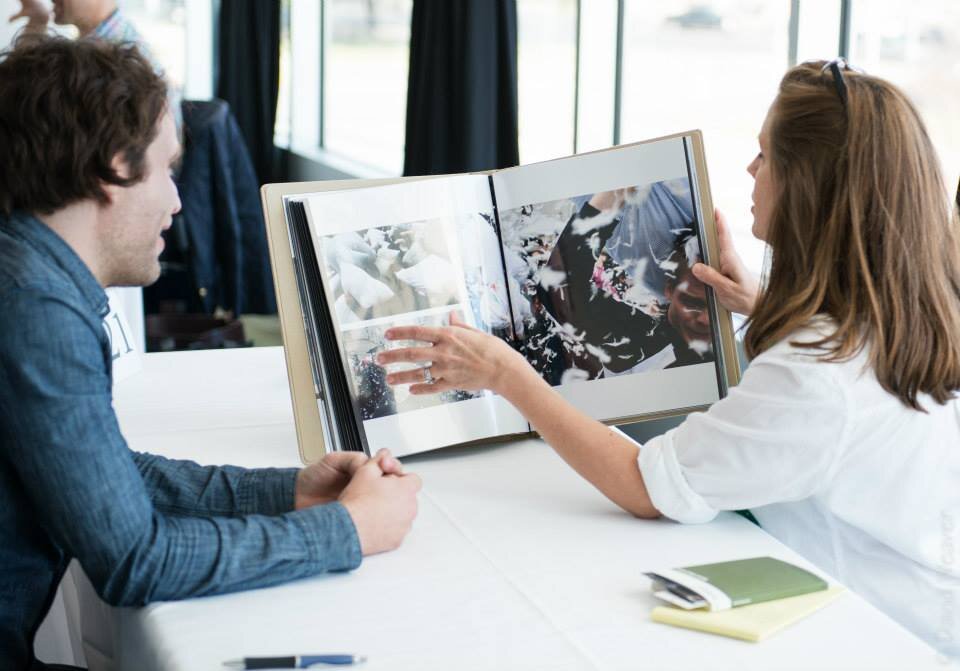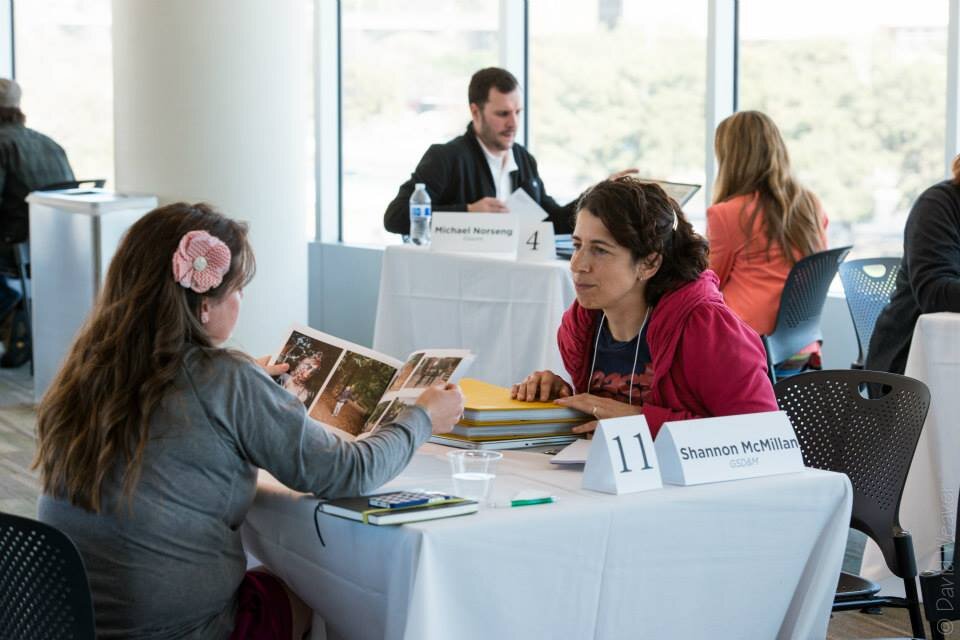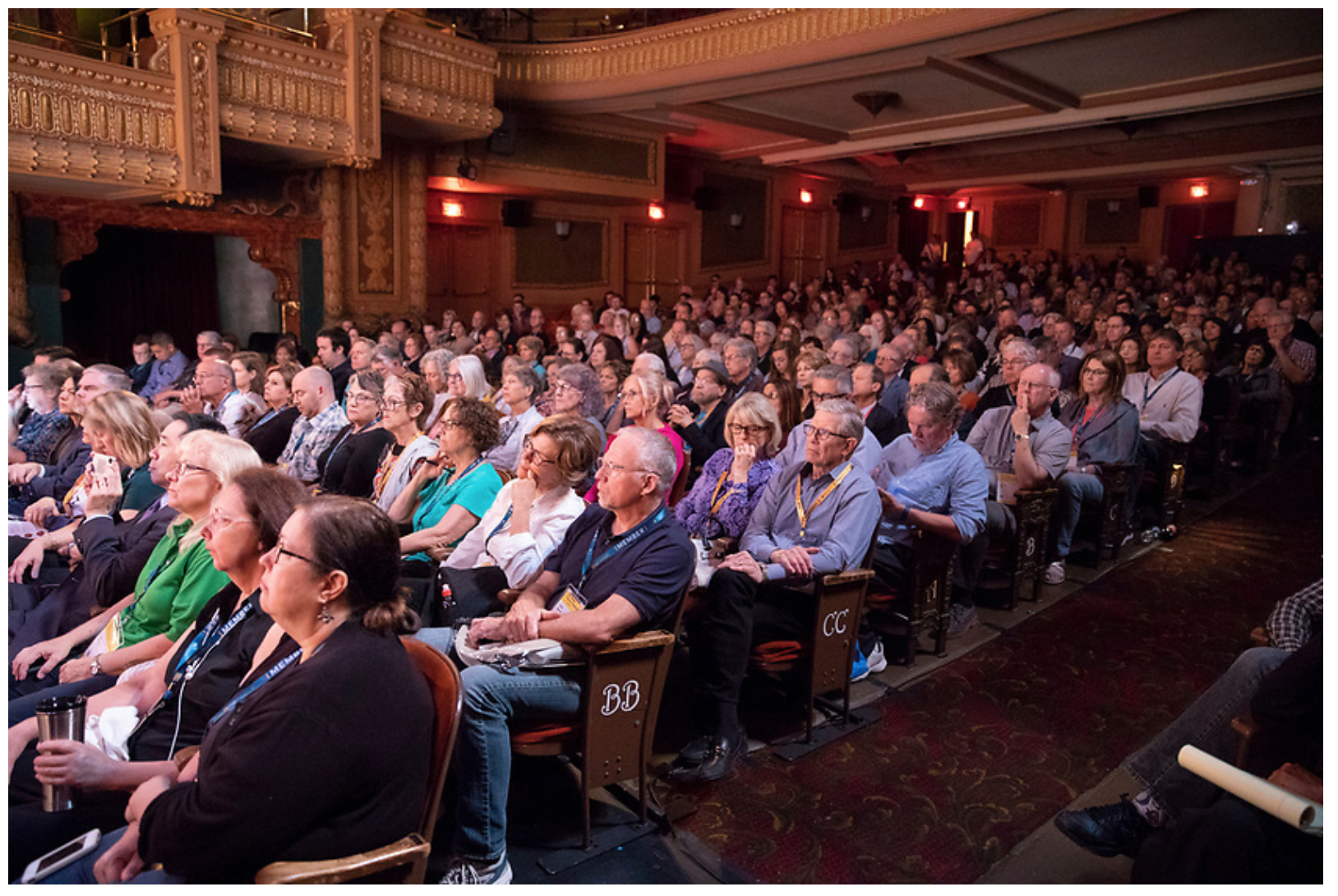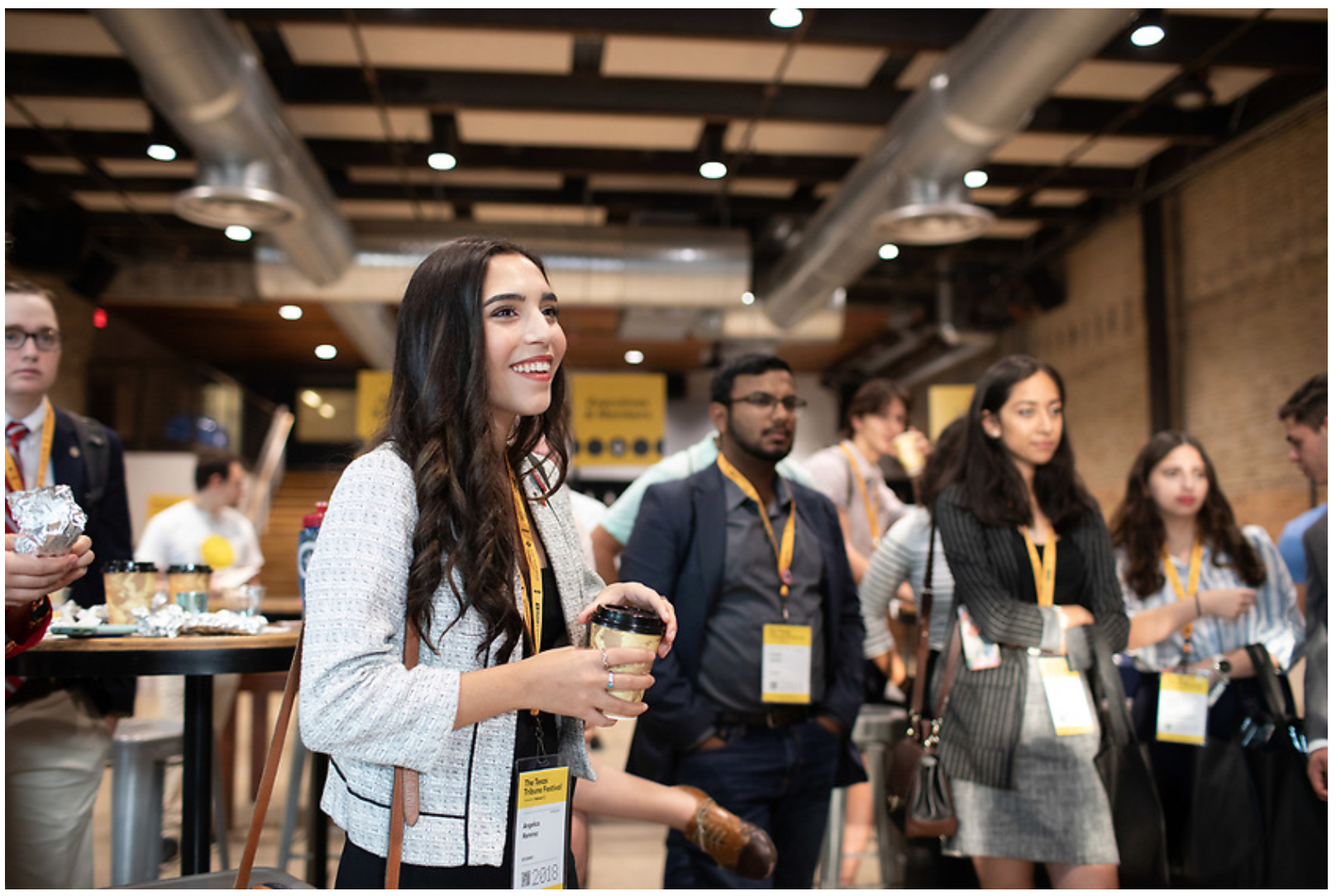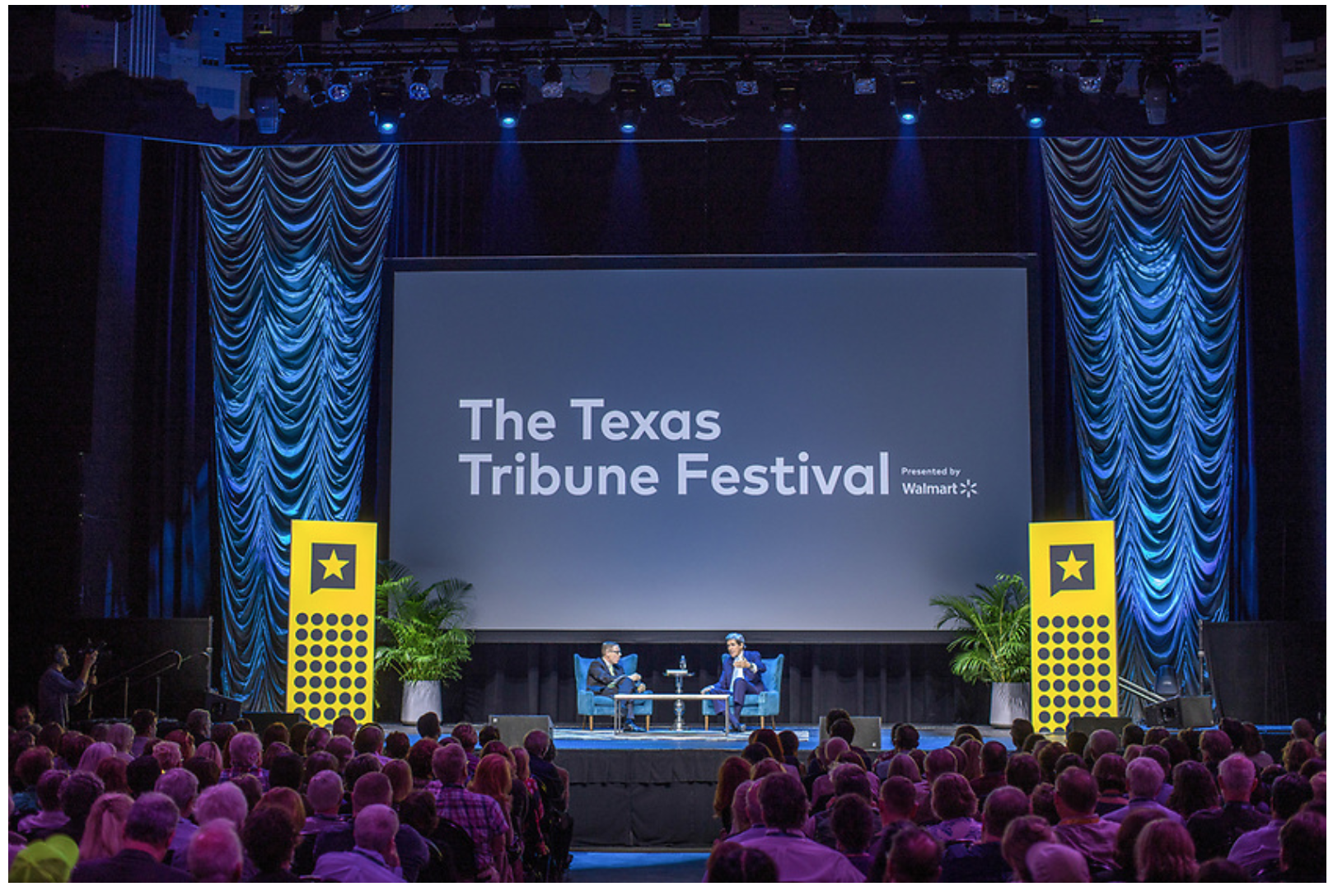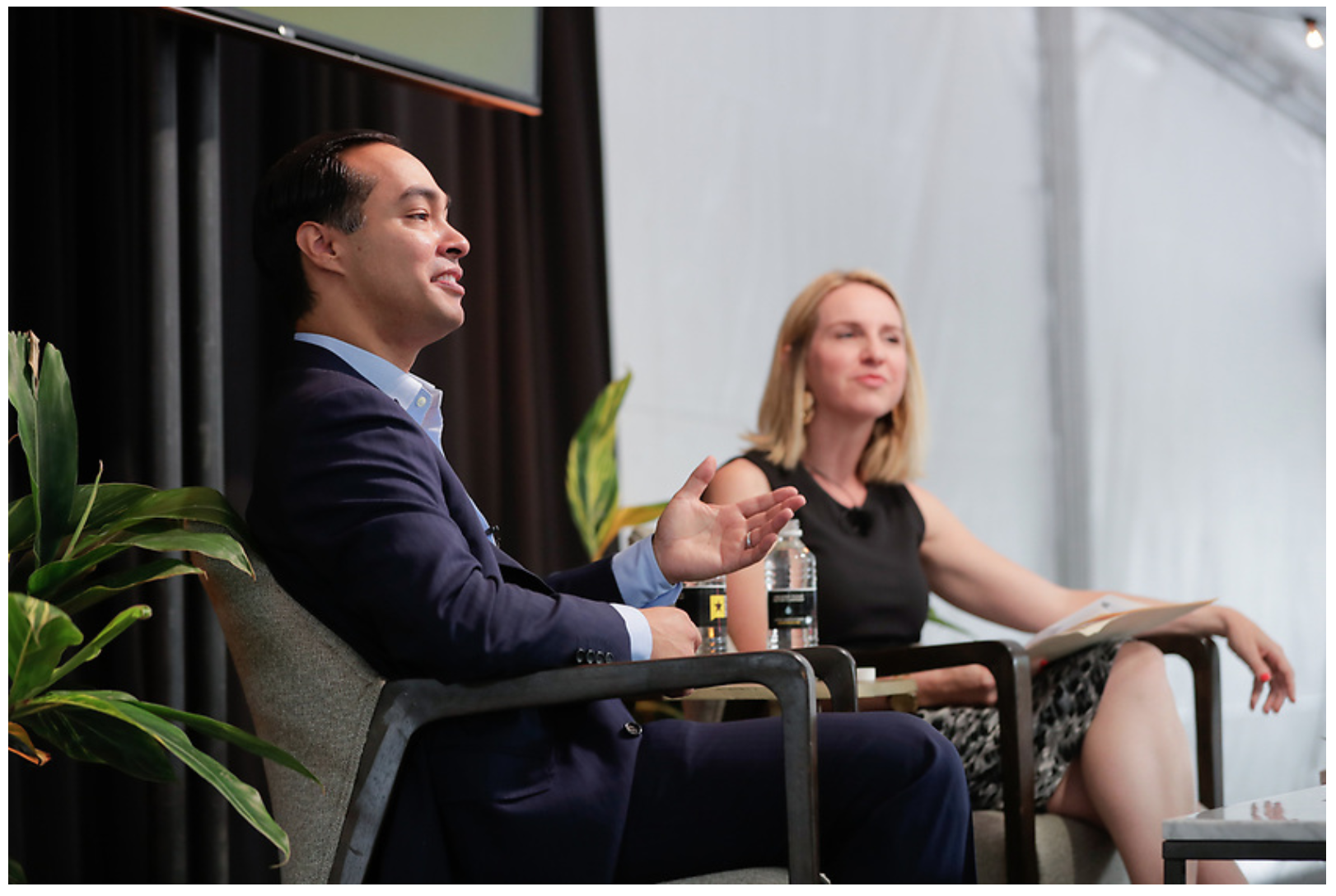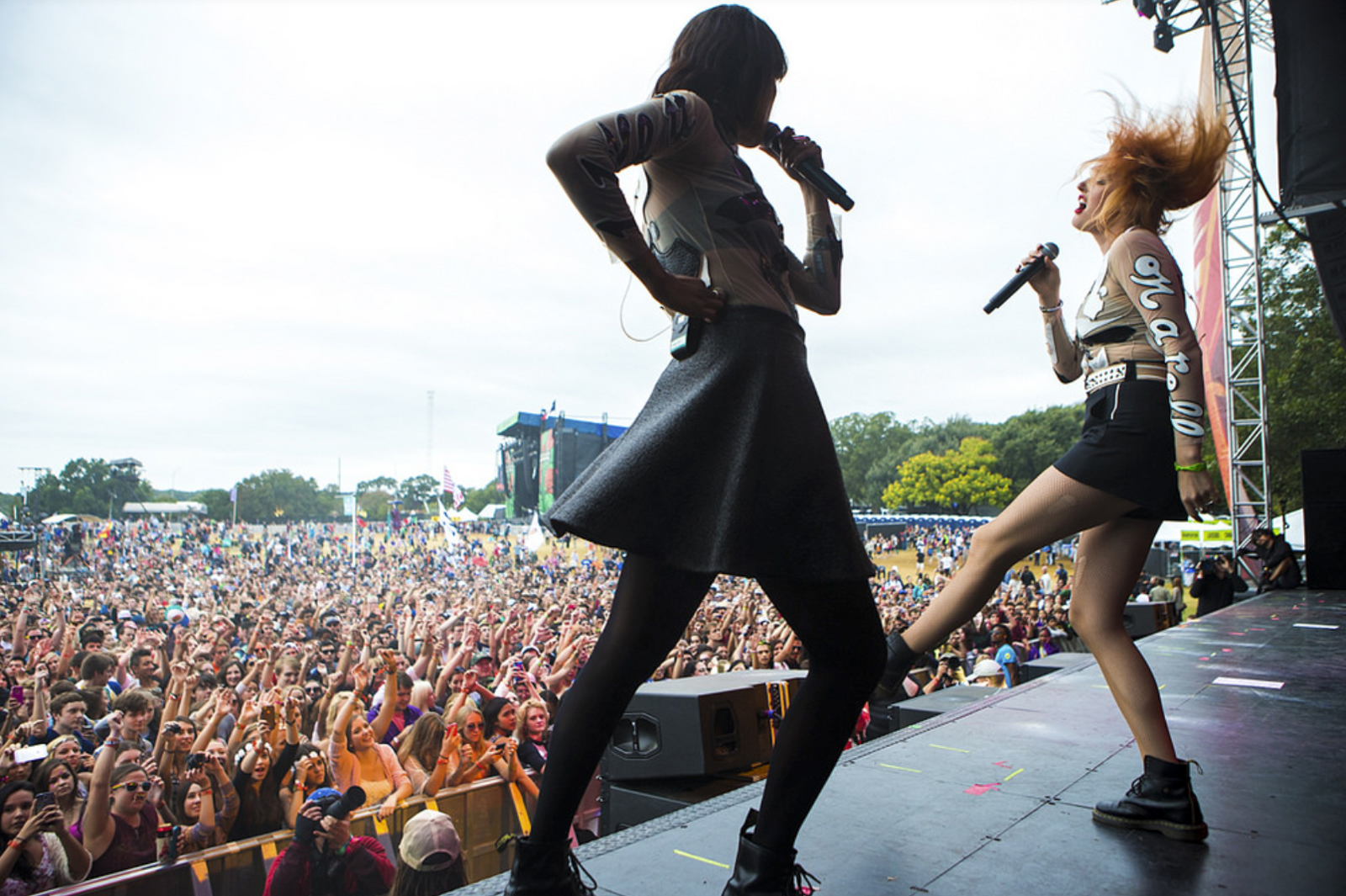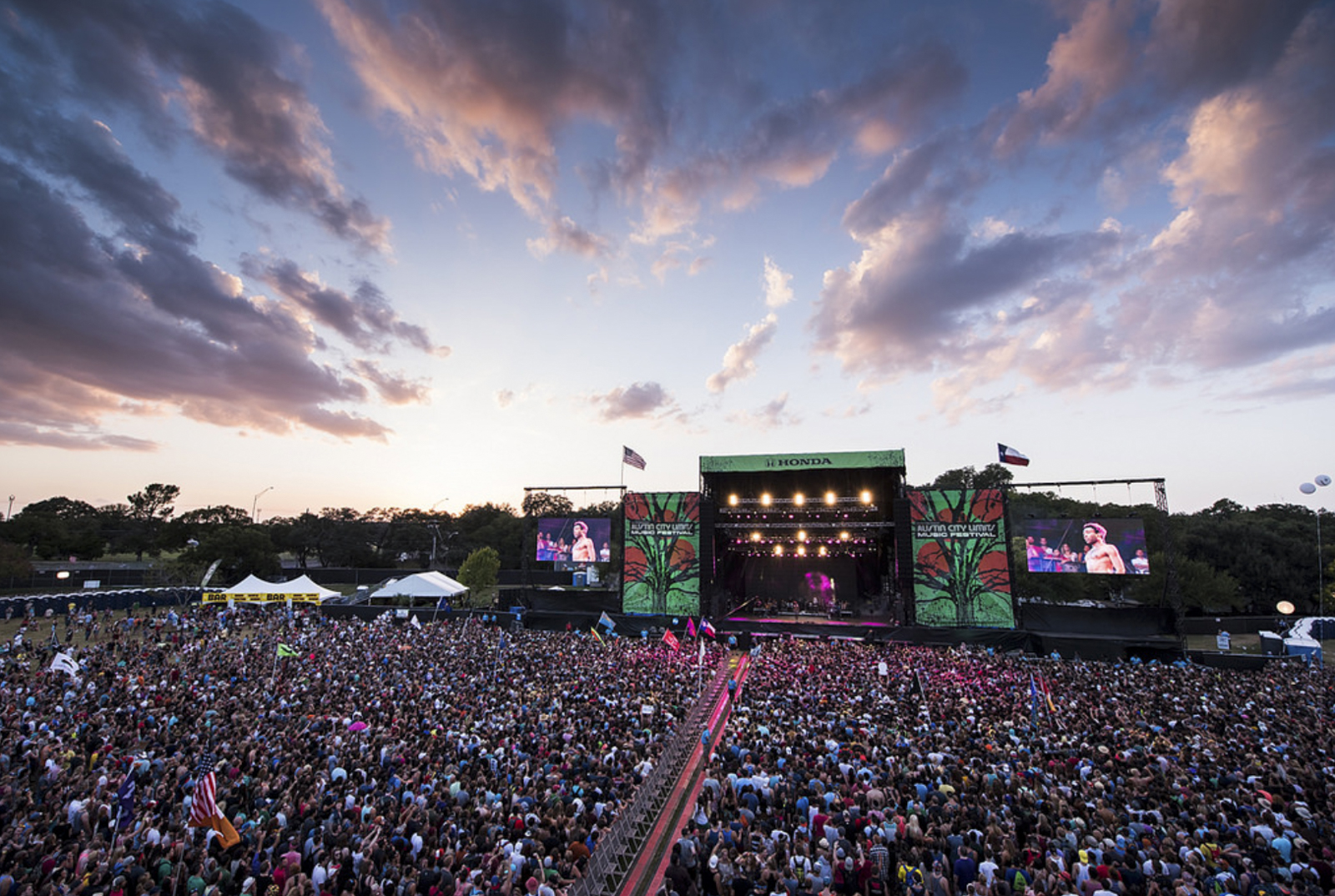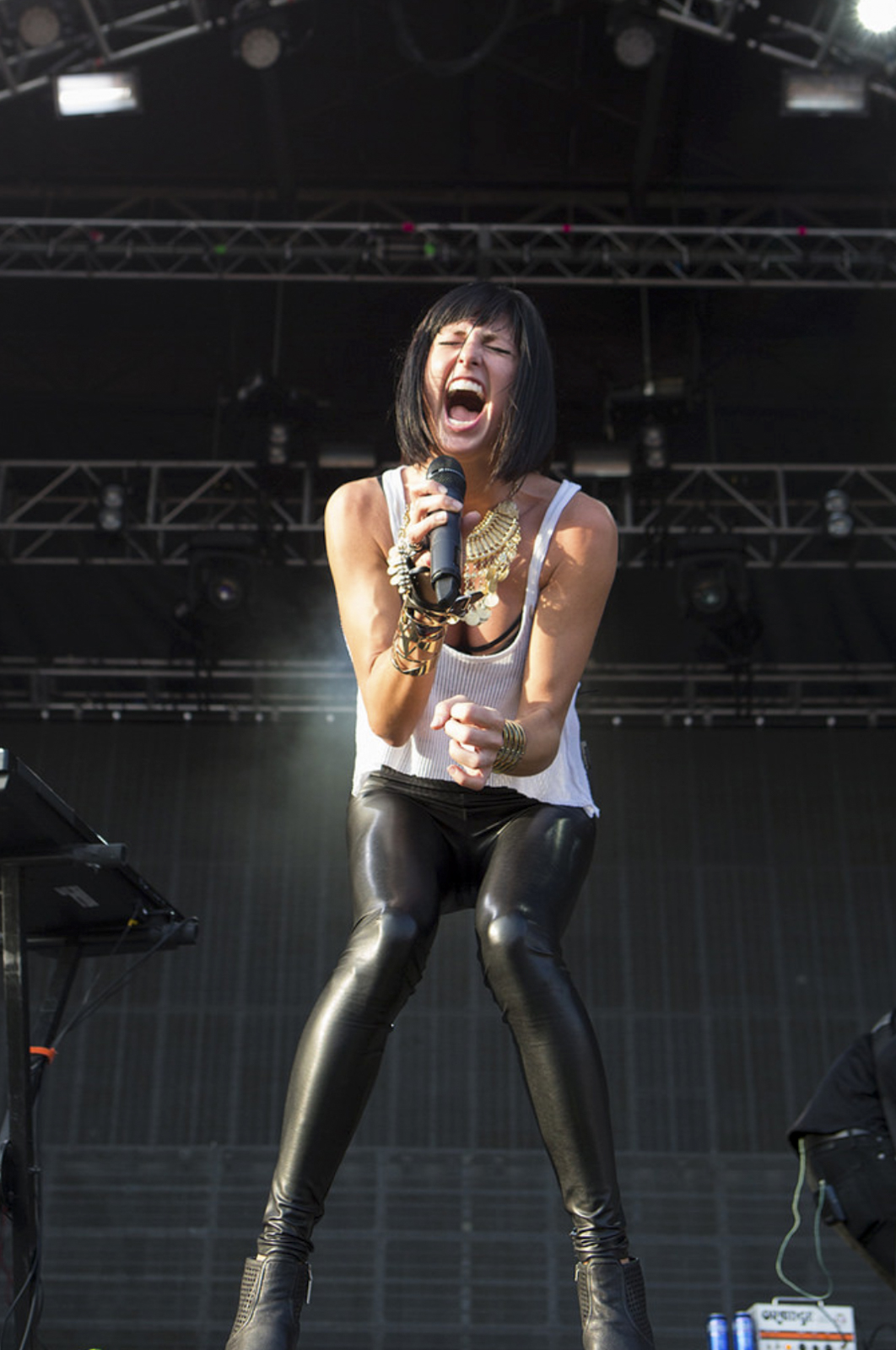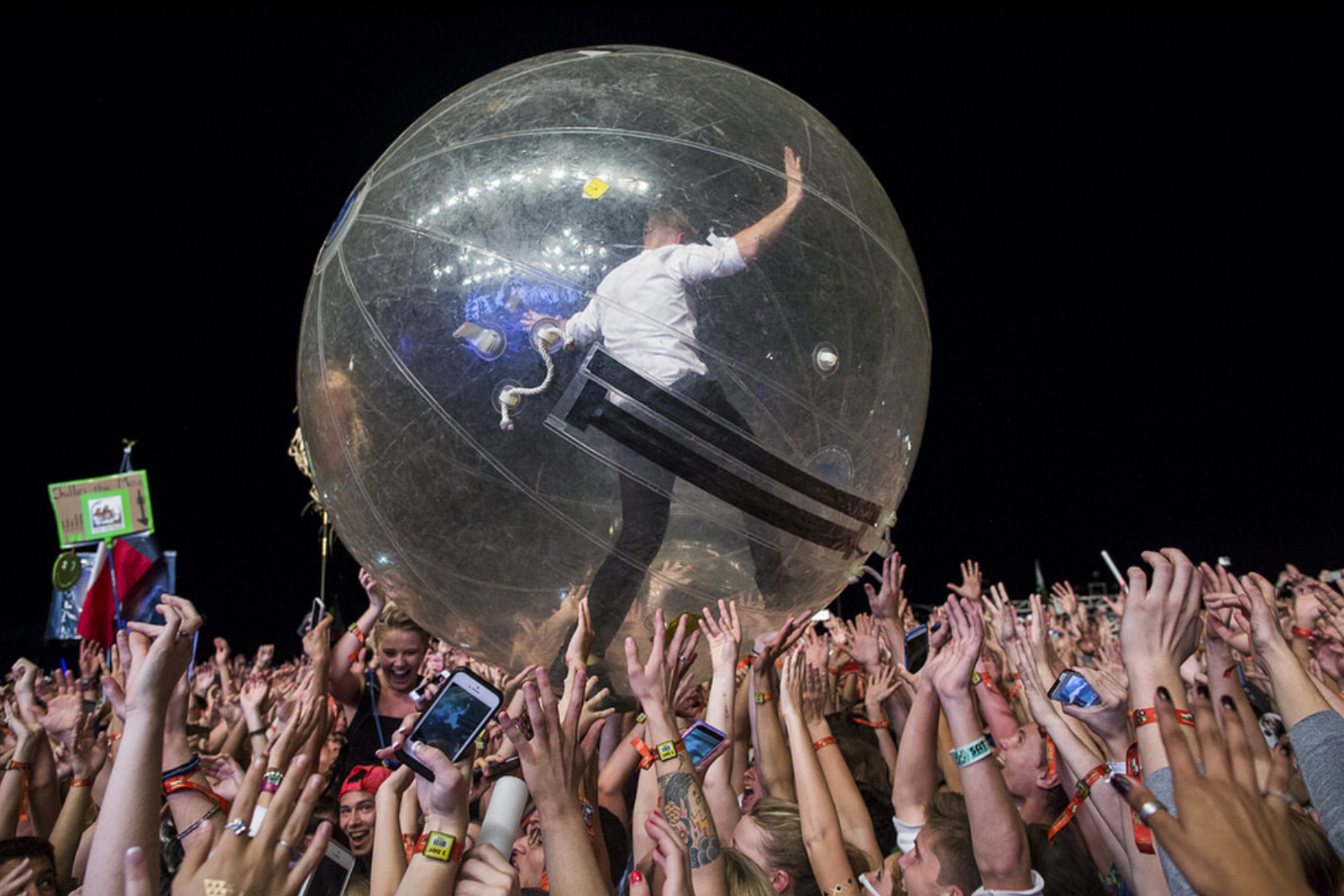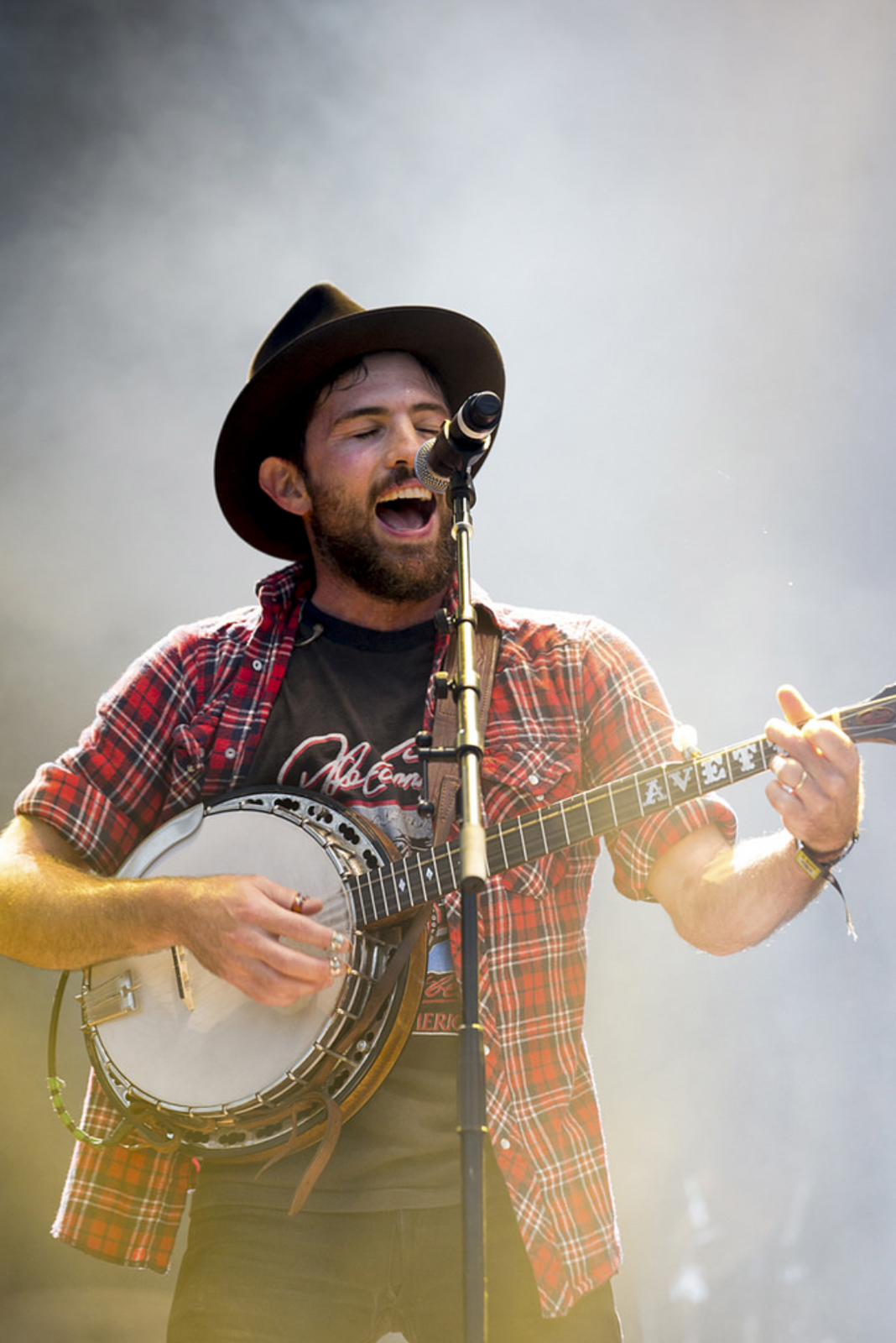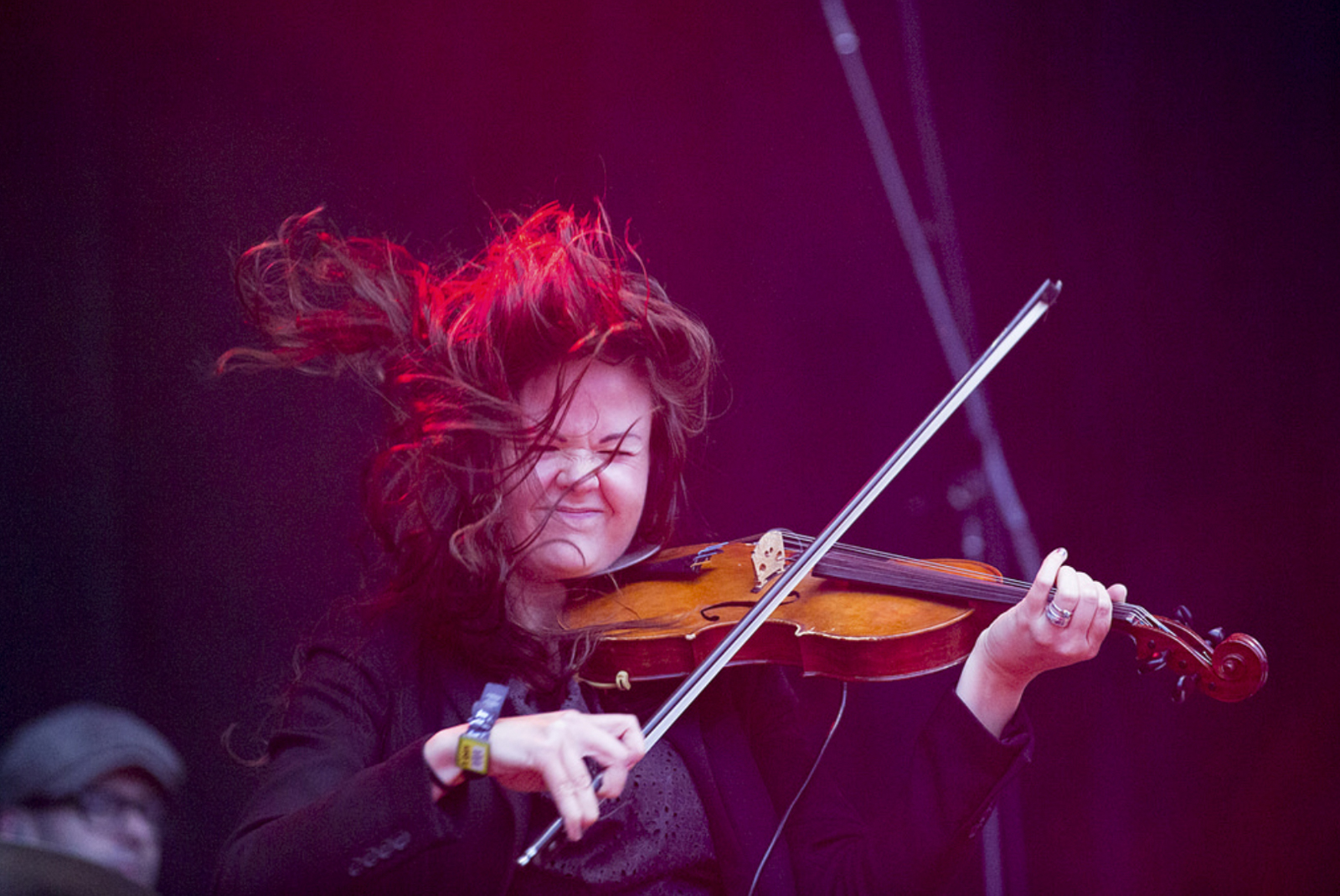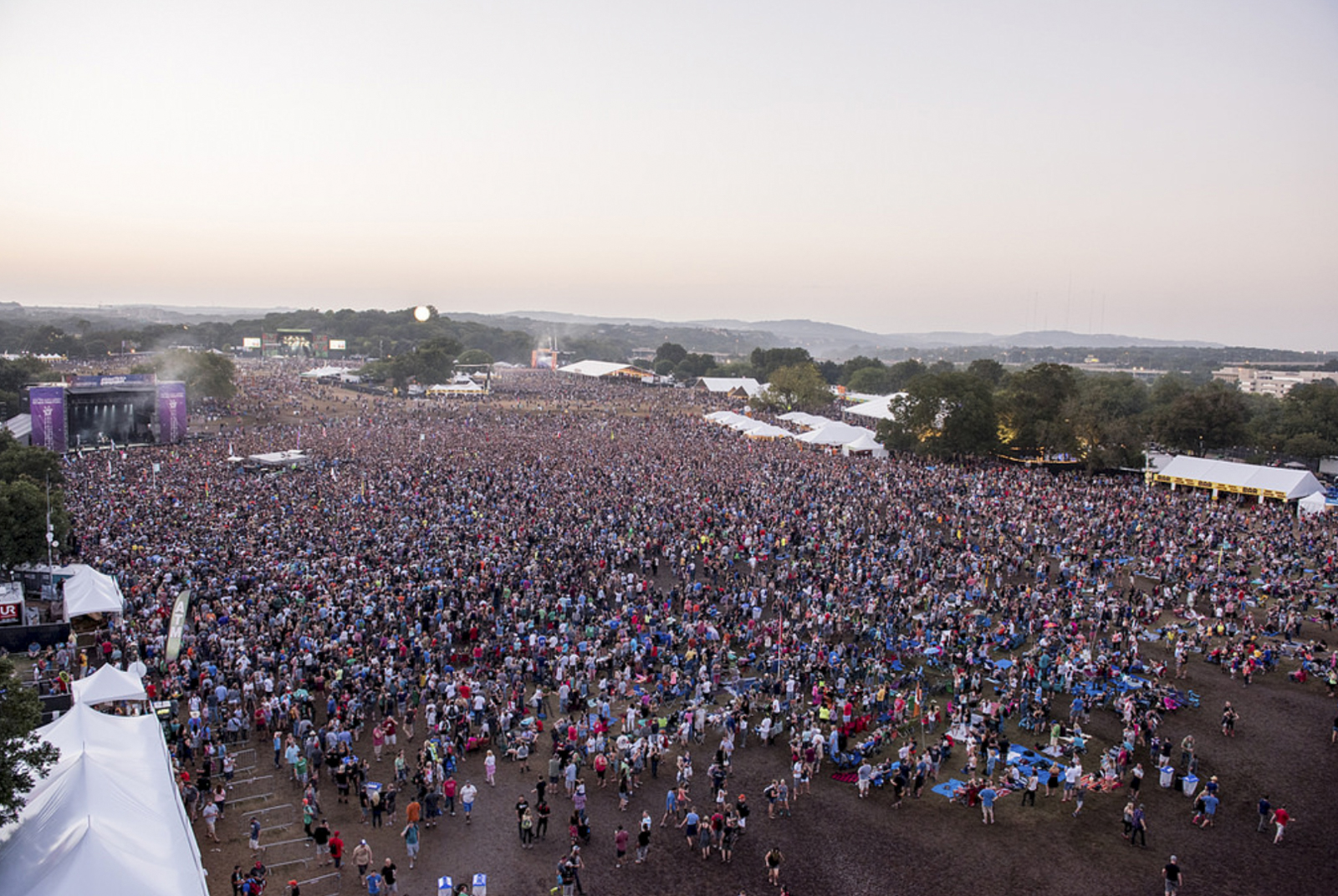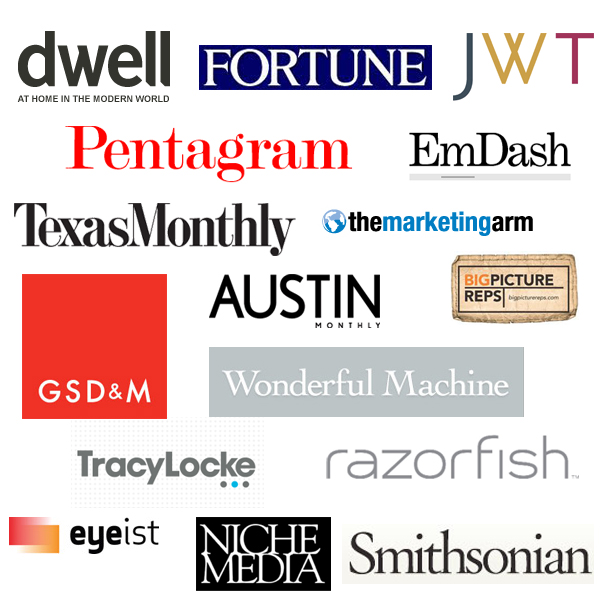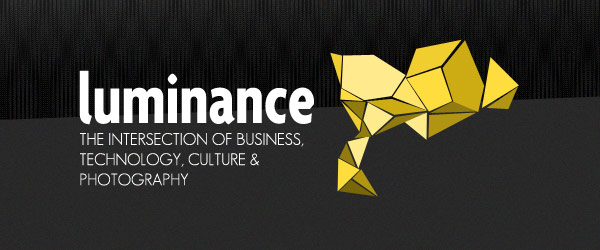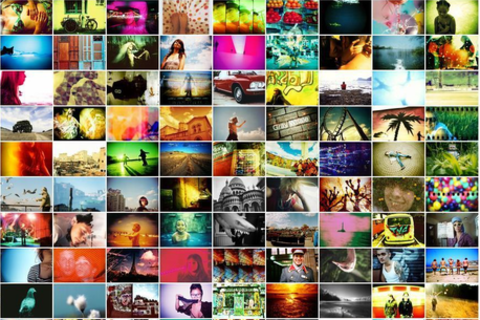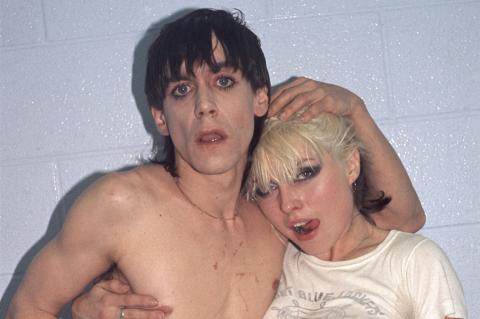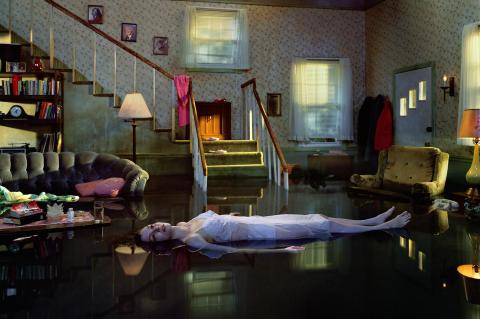Portfolio Review at Texas Photo Roundup. Photo by Nick Cabrera, used with permission.
Looking to have your photography portfolio reviewed by industry professionals? As someone who has both produced major portfolio review events and helped countless photographers prepare for them, I know how valuable an experience they can be.
I've compiled this comprehensive guide to the most significant portfolio review opportunities across the United States for 2025.
Before selecting an event, research the participating reviewers to ensure they align with your photography genre and career goals. For detailed preparation strategies, check out my guides on Portfolio Review Do's and Don'ts and Mastering Online Portfolio Reviews.
Major Portfolio Review Events in 2025
FotoFest International Meeting Place March 8 - April 19, 2025 | Houston, TX
One of the longest-running and most prestigious review events globally
Features over 100 international reviewers
Includes exhibitions, workshops, and networking events
Website: https://www.fotofest.org
Early registration recommended - typically sells out months in advance
Photolucida April 23-26, 2025 | Portland, OR
Intensive four-day review event
Features museum curators, gallery directors, publishers, and photo editors
Includes artist talks and exhibition opportunities
Website: https://www.photolucida.org
Known for excellent matchmaking between photographers and reviewers
Filter Photo Festival September 24-27, 2025 | Chicago, IL
Comprehensive festival with reviews, workshops, and exhibitions
Strong focus on fine art and documentary photography
Excellent networking opportunities
Website: https://filterphoto.org
Offers both in-person and virtual review options
Review Santa Fe October 15-18, 2025 | Santa Fe, NM
Juried review event
Focus on fine art and documentary photography
Organized by CENTER
Website: https://visitcenter.org
Application required; acceptance based on portfolio quality
PhotoNOLA December 10-13, 2025 | New Orleans, LA
Organized by the New Orleans Photo Alliance
Features portfolio reviews, exhibitions, and workshops
Strong focus on Southern photography
Website: https://photonola.org
Known for its intimate, community-focused atmosphere
Commercial and Editorial Photography Events
The New York Times Portfolio Review April 26-27, 2025 | New York, NY
Highly competitive, free review event
Focus on photojournalism and documentary work
Produced by The New York Times Lens Blog
Website: https://www.nytimes.com/lens
Application required; extremely selective
Palm Springs Photo Festival May 4-9, 2025 | Palm Springs, CA
Intensive workshop and review environment
Strong focus on commercial and editorial photography
Features leading magazine editors and art buyers
Known for high-quality education programming
NYCFotoWorks Dates TBD | New York, NY
Premier commercial photography review event
Features top advertising and editorial reviewers
Website: https://www.nycfotoworks.com
Excellent for commercial and fashion photographers
Professional Organization Events
ASMP (American Society of Media Photographers)
Multiple regional chapters host review events
Website: https://www.asmp.org
Members receive discounted registration
APA (American Photographic Artists)
Annual Meeting: May 17-21, 2025 | Los Angeles, CA
Convention: August 7-9, 2025 | Denver, CO
Website: https://www.apanational.org
Strong focus on commercial photography
Virtual Review Options
Atlanta Center for Photography Virtual Reviews April 17-19, 2025 | Online
Formerly Atlanta Celebrates Photography
Accessible from anywhere
Website: https://acpinfo.org
Perfect for photographers unable to travel
Medium Festival of Photography October 2025 | San Diego, CA & Virtual
Hybrid event with both in-person and virtual reviews
Website: https://mediumphoto.org
Known for excellent curator participation
New Orleans Photo Alliance's PhotoNOLA portfolio review session. Photo by George Long http://GeorgeLong.com (used with permission)
Pro Tips for Making the Most of Reviews
Register Early
Most events have limited spots
Early registration often offers better reviewer selection
Some events offer early-bird pricing
Research Your Reviewers
Look up potential reviewers' backgrounds
Focus on reviewers relevant to your work
Prepare specific questions for each reviewer
Budget Considerations
Review fees typically range from $45-200 per session
Factor in travel and accommodation costs
Consider virtual options for budget-friendly alternatives
Preparation Resources
New Orleans Photo Alliance's PhotoNOLA portfolio review session. Photo by George Long http://GeorgeLong.com (used with permission)
Prepare Your Portfolio for Success
Preparing for these events is crucial to make the most of your portfolio review experience. That's where I come in! I offer digital and print portfolio-building services to help you create a stunning and professional presentation that will impress reviewers and open doors to new opportunities.
Ready to take your photography career to the next level?





